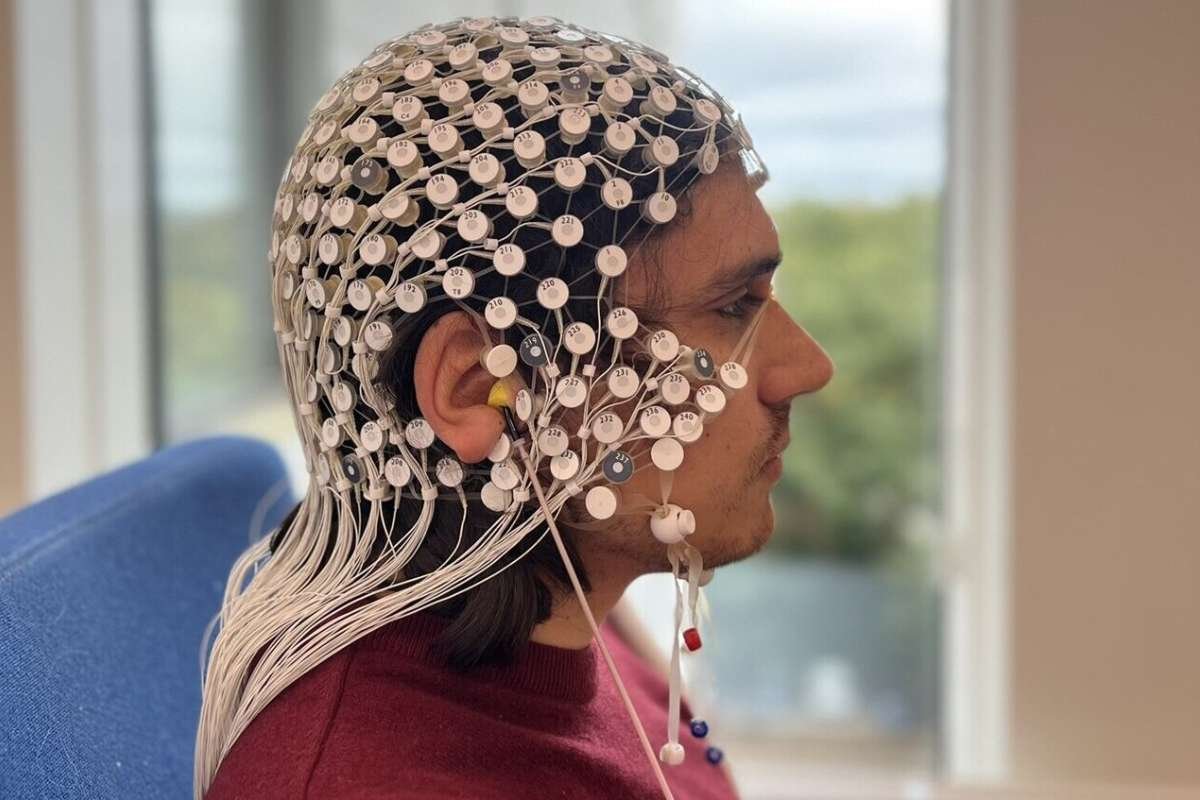In the era of technological advancements, smart eyewear accessories are revolutionizing healthcare by offering innovative solutions that go beyond traditional medical devices. These cutting-edge accessories, equipped with intelligent features, have the potential to transform patient care, streamline processes, and enhance medical professionals’ capabilities. This article explores seven exciting ways in which eyewear accessories are making waves in the healthcare landscape, ushering in a new era of smart and connected healthcare solutions.
Additionally, it delves into the Global Eyewear Accessories in the Healthcare Market, where these transformative technologies are driving market dynamics and shaping the future of healthcare delivery.
Here are 7 Exciting Ways to Use Smart Eyewear Accessories in Healthcare:
1. Augmented Reality (AR) for Surgical Precision
Eyewear accessories with augmented reality capabilities are becoming indispensable tools in the operating room. Surgeons equipped with AR-enabled glasses can overlay vital information, such as patient vitals and medical records, directly onto their field of vision during surgeries. This real-time data integration enhances surgical precision, reduces the need for constant reference to external screens, and minimizes the risk of errors, ultimately leading to improved patient outcomes.
2. Remote Patient Monitoring with Smart Glasses
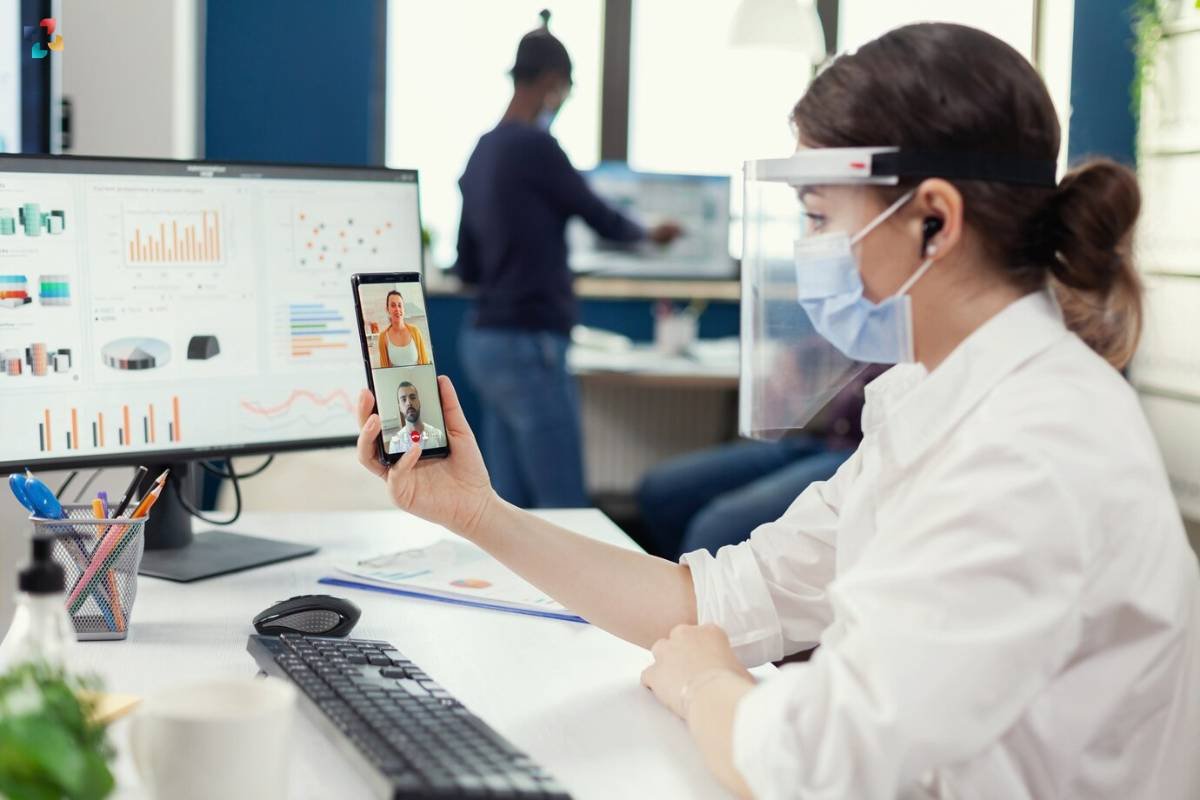
Smart eyewear accessories play a crucial role in remote patient monitoring, offering a seamless way for healthcare providers to keep track of patients’ vital signs and health metrics. These glasses can capture and transmit real-time data, enabling medical professionals to monitor patients’ conditions remotely. This is particularly beneficial for individuals with chronic illnesses or those recovering from surgery, as it allows for continuous monitoring without the need for frequent hospital visits.
Moreover, the integration of smart glasses into remote patient monitoring promotes a proactive healthcare approach. By continuously collecting and transmitting real-time data, healthcare providers can detect subtle changes in patients’ health conditions promptly. This early identification of potential issues allows for timely interventions, preventing the escalation of health problems and reducing the likelihood of hospital readmissions.
Patients, especially those with chronic conditions, experience the added benefit of personalized care plans based on the comprehensive data provided by smart eyewear accessories, fostering a more patient-centric and preventive approach to healthcare delivery.
3. Enhanced Training and Education for Medical Professionals
Medical education and training are undergoing a transformative shift with the integration of smart eyewear accessories. These devices offer medical students and professionals immersive learning experiences through augmented reality. From virtual anatomy lessons to simulated surgical procedures, eyewear accessories contribute to more effective and hands-on training, ultimately improving the skills and knowledge of healthcare professionals.
4. Assisting Individuals with Visual Impairments
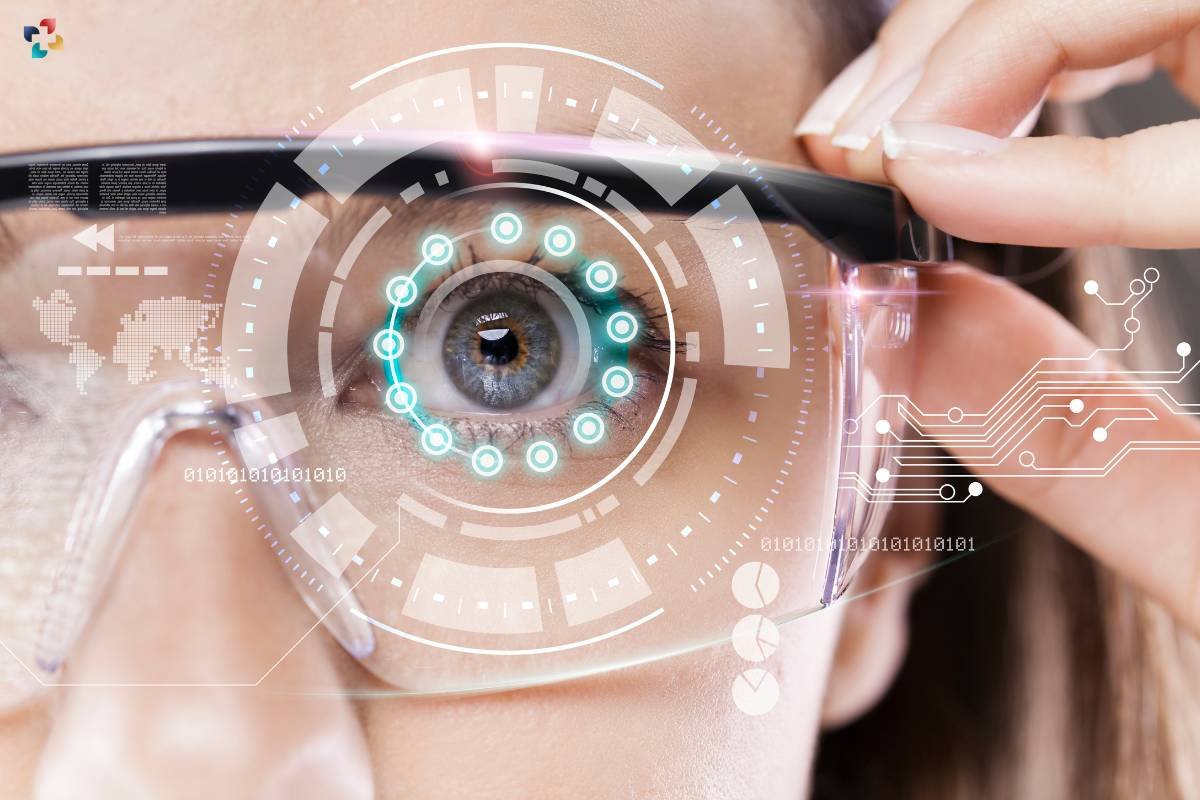
Eyewear accessories are playing a pivotal role in improving the quality of life for individuals with visual impairments. Smart glasses equipped with advanced camera and sensor technologies can identify objects, read text, and provide auditory cues, offering enhanced navigation capabilities for those with limited vision. This technology empowers individuals to navigate their surroundings independently, promoting greater autonomy and inclusivity.
5. Telehealth Consultations with Wearable Eyewear
The rise of telehealth is further augmented by wearable eyewear accessories. These devices enable healthcare providers to conduct virtual consultations with patients in real-time. Equipped with built-in cameras and microphones, smart eyewear allows for a more immersive and personalized telehealth experience. Patients can share their symptoms, and healthcare professionals can visually assess their condition, enhancing the effectiveness of remote consultations.
Furthermore, wearable eyewear for telehealth consultations contributes to increased accessibility and inclusivity in healthcare delivery. Patients in remote or underserved areas can now access expert medical advice without the need for extensive travel. The built-in cameras and microphones not only facilitate visual assessments but also promote clearer communication between patients and healthcare providers.
This enhanced communication is particularly valuable for conveying non-verbal cues and establishing a more profound connection, fostering a sense of trust and understanding. As telehealth continues to evolve, wearable eyewear’s role in facilitating meaningful and personalized virtual consultations is poised to become increasingly integral in shaping the future of healthcare delivery.
6. Medication Adherence with Smart Eyewear
Ensuring medication adherence is a common challenge in healthcare. Smart eyewear accessories address this issue by providing medication reminders and adherence monitoring. Patients receive visual and auditory alerts through their eyewear, reminding them to take medications as prescribed. Additionally, these accessories can track adherence patterns and share the data with healthcare providers, enabling proactive interventions when needed.
7. Improving Workflow Efficiency for Healthcare Professionals
Smart eyewear accessories contribute to streamlined workflows for healthcare professionals. These devices can display patient information, medical records, and treatment plans directly in the line of sight, reducing the need for constant manual reference to charts and screens. This enhances efficiency during patient care, allowing medical professionals to focus more on the patient and less on administrative tasks.
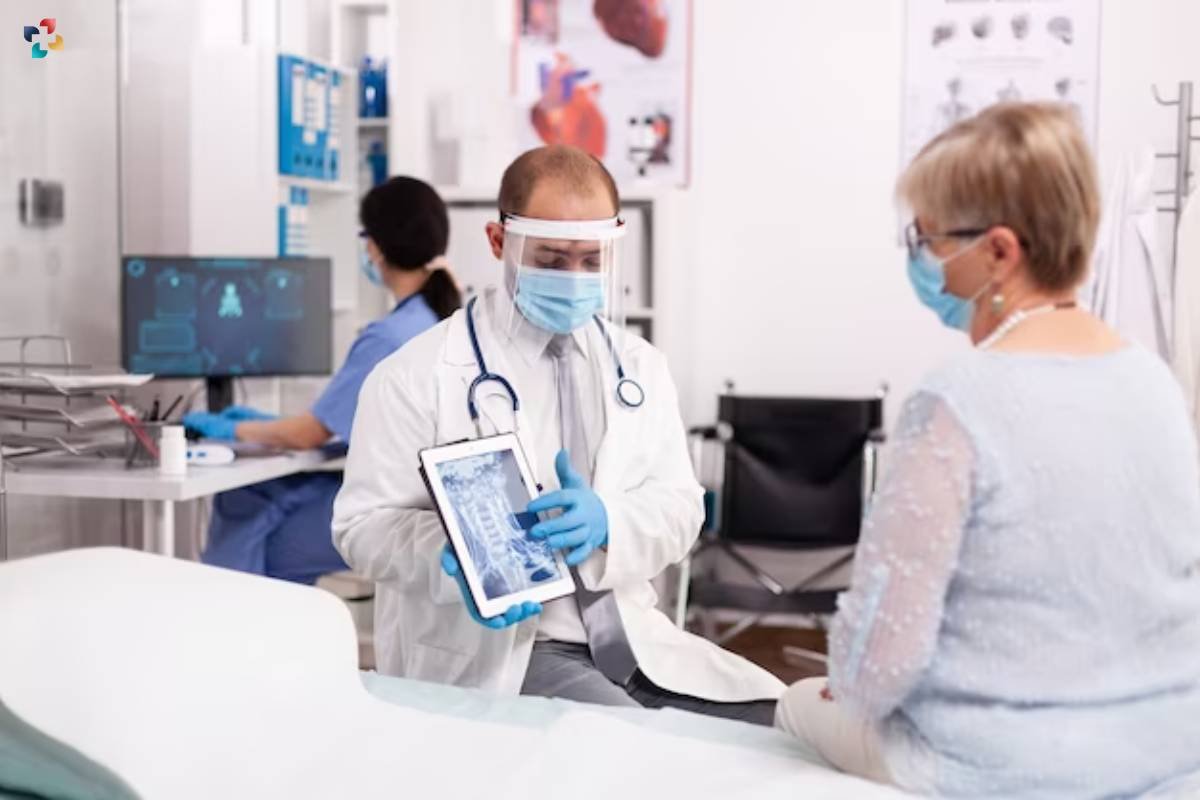
Moreover, the integration of smart eyewear into healthcare workflows extends beyond administrative efficiency. These devices offer hands-free access to critical information, allowing healthcare professionals to maintain a continuous focus on patient interactions. By eliminating the need for constant shifts in attention between patients and screens, smart eyewear enhances the quality of patient-centered care.
Medical professionals can seamlessly access relevant data during examinations, procedures, or consultations, fostering a more engaged and personalized healthcare experience. The intuitive nature of smart eyewear contributes to a harmonious blend of technology and patient care, creating an environment where healthcare professionals can optimize their time and expertise for the benefit of their patients.
Conclusion
In summary, a paradigm shift in patient care, medical education, and overall healthcare delivery is being facilitated by the integration of smart eyewear accessories in the healthcare industry. The seven fascinating use cases covered highlight the adaptability and potential of these tools to boost accuracy, increase accessibility, and simplify medical procedures.
Smart eyewear accessories are going to be more and more important in determining the direction of healthcare as the sector continues to adopt new technology. A more sophisticated and connected healthcare ecosystem is being made possible by these devices, which are being used in everything from virtual consultations to operating rooms. The applications of smart eyewear in healthcare are virtually endless as technology develops, providing promising opportunities for better patient outcomes and a more streamlined healthcare encounter.
Also Read: Top 10 Innovations in Eye Care

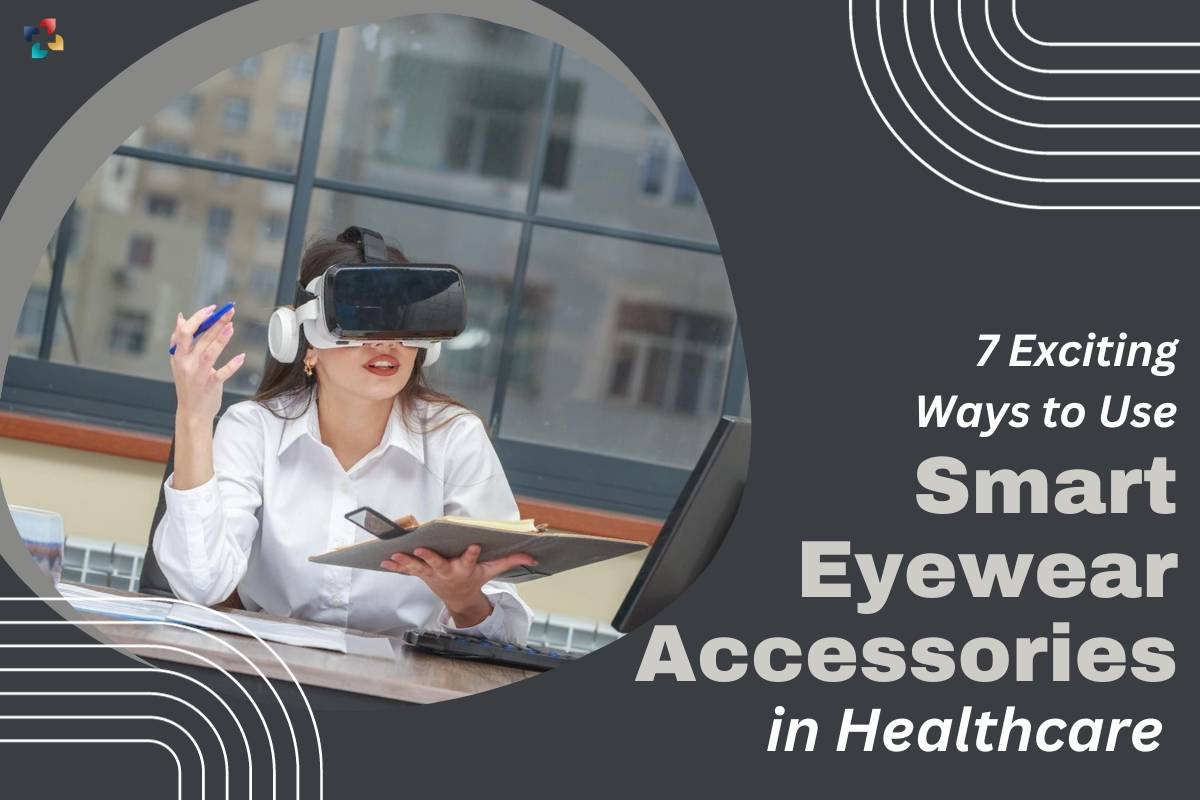



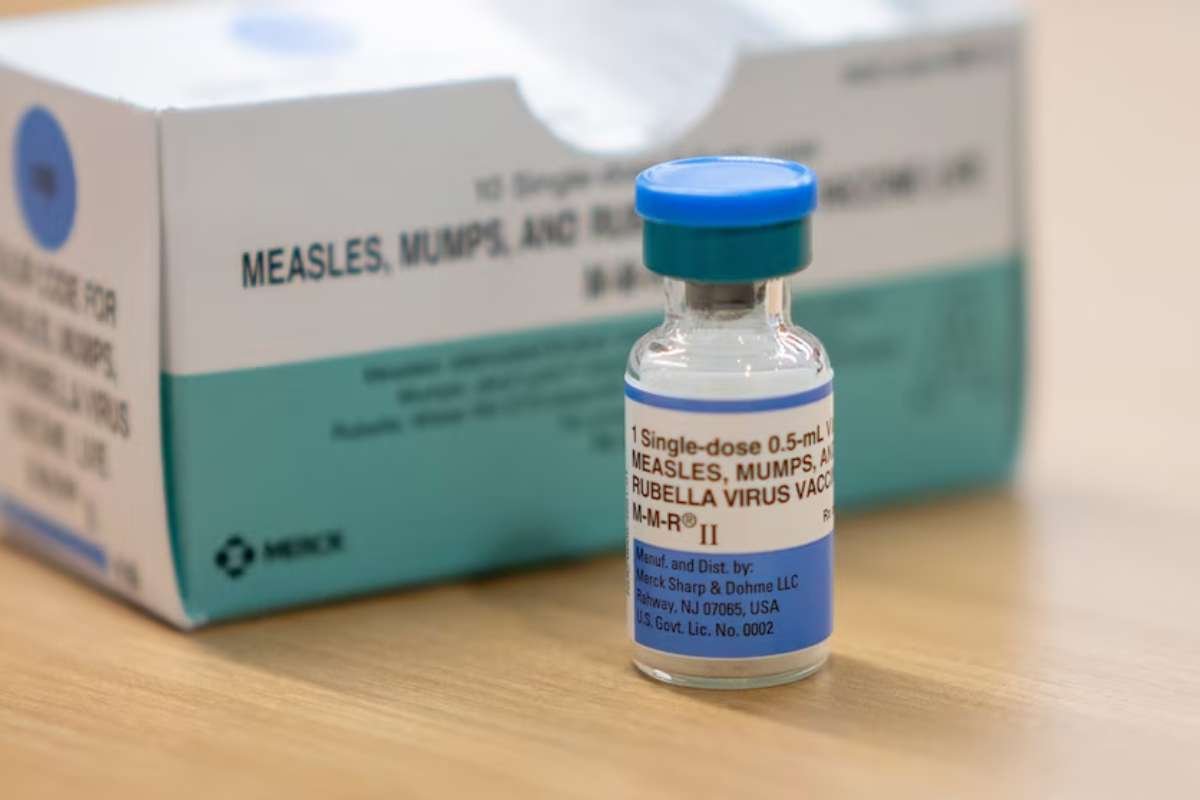
.jpg)
